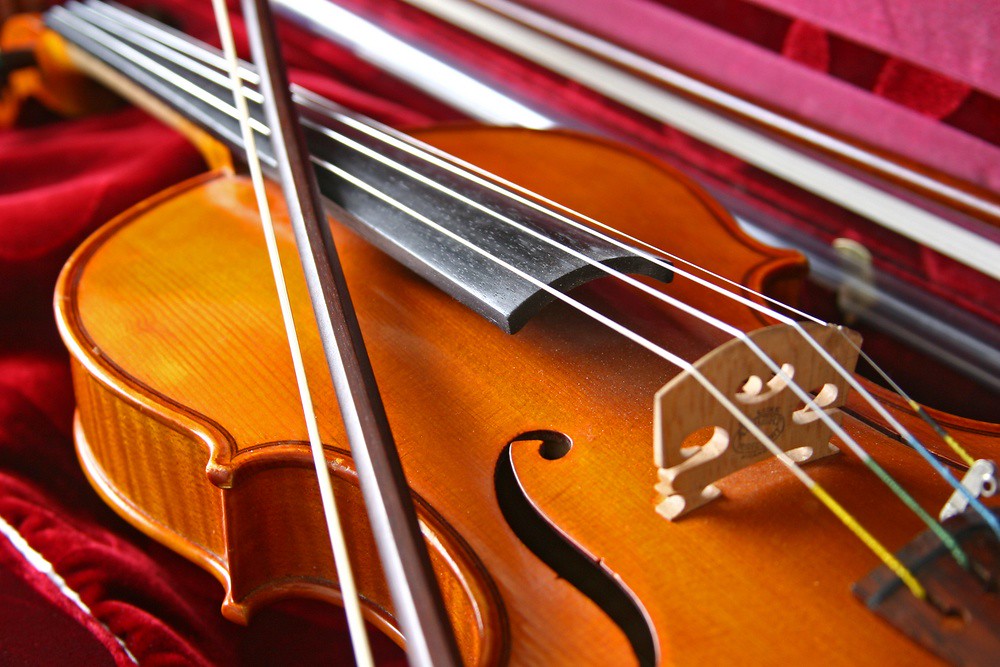
–The Musician’s Way, p. 75
If you’re like me, you typically become absorbed during practice sessions, so much so that it often doesn’t seem that breaks would be necessary.
But even when we feel mentally focused and physically strong, after working for a while, our muscles, tendons, vocal folds, lips, and the like still need time to recharge.
Practice Breaks Are Essential
If we don’t give our tissues the breathers they need, they can become microscopically strained in ways that we can’t initially perceive but, over time, can lead to debilitating injury.
For instance, as we move our fingers when playing instruments, tendons glide back and forth within sheaths in the wrist, and a lubricating fluid ensures that the gliding is friction-free. That fluid is gradually used up during activity but is restored during rest.
If we move incessantly and the fluid becomes depleted, friction begins to occur, which irritates the tendons and their sheaths, leading to minute tearing and, eventually, painful inflammation.
Frequency & Duration of Breaks
As a general rule, medical authorities advise us to rest about 10 minutes of each hour, although high-intensity singing or playing calls for more rest time.
On average, during solo practice, we might pause for 5 minutes after playing or singing for 25 minutes, or mix in more frequent short breathers. In non-strenuous ensemble rehearsals, though, we could work for 50 minutes before taking a 10-minute timeout.
That said, if we become fatigued or feel physical discomfort during practice, we should stop and rest for a more prolonged period. If symptoms of pain or discomfort persist, we should seek the aid of a healthcare professional (see Heeding the Signs of Injury).
The following are 3 types of breaks that I recommend and explore more fully in The Musician’s Way: 1. active breaks; 2. diverting breaks; 3. restorative breaks.
3 Types of Breaks that Prevent Injury & Enhance Productivity
1. Active Breaks
When we take active breaks during practice, we set our instrument down or stop singing but otherwise stay focused on our music.
For instance, we might tap out some tricky rhythms or mentally image passages we’re memorizing. In this way, we keep on learning while conserving our physical resources.
2. Diverting Breaks
When our minds are alert, active breaks add to our productivity, but when we need timeouts, diverting breaks take us out of the practice room and give us a mental reboot.
We could stroll for a few minutes, grab a snack, sip water, or otherwise refresh ourselves. To ensure that our music-making tissues rest, we should avoid hand or voice-intensive tasks such as typing, texting, or conversing.
3. Restorative Breaks
“These respites are ideal for centering the mind, revitalizing the body, and counteracting the effects of asymmetrical playing positions.” (The Musician’s Way, p. 76)
Pages 76-82 of The Musician’s Way present photos and instructions for six restorative poses and movements such as arm circles as well as calming positions that release the back muscles.
Restorative breaks rest the body and mind, restore inner balance, and help us function at our best inside and outside of the practice room.
The Musician’s Way has received global praise for its inclusive pathways to musical and professional success. Read reviews.
Related posts
12 Habits of Healthy Musicians
The Centered Performer
Heeding the Signs of Injury
Mental Imaging
The Total Warm-Up
© 2011 Gerald Klickstein
Photo licensed from Shutterstock.com

